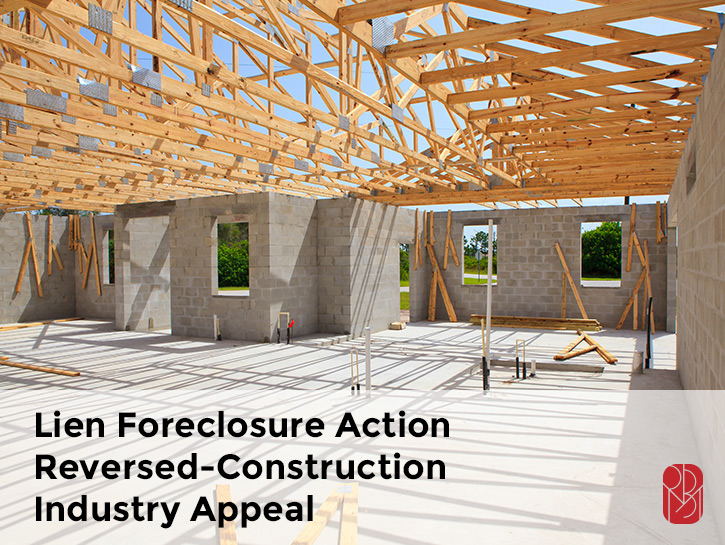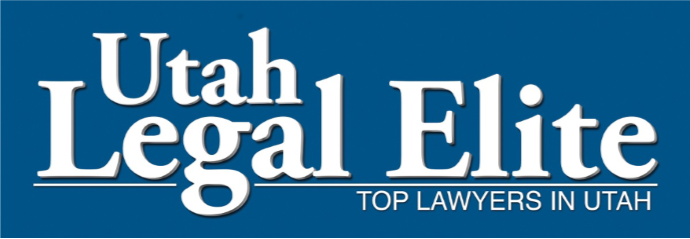August 2016
Contractors, subcontractors and suppliers understand that the usual course of construction requires a paper trail of documents beginning with plans, specifications, drawings, bids and proposals, and concluding with inspections, punch lists, final payment and warranties. Moreover, standard contract clauses and simple prudence require those in the construction industry to retain documents for years. The advantages of storing documents and conducting all related business electronically is obvious. But, are electronically signed contracts enforceable?
In 2000 Utah’s legislature passed the Uniform Electronic Transactions Act. The statute permits the use of electronic documents and signatures in a transaction if both parties agree. Electronic contracts and signatures “may not be denied legal effect or enforceability solely because…in electronic form.” Utah Code Ann. § 46-4-201(1), (2). If a law requires that a record be in writing, or that a signature be obtained, an electronic record or signature is acceptable. Id., at (3), (4). For example, in Anderson v. Bell, 2010 UT 47, the Utah Supreme Court held that electronic signatures on a petition to place an unaffiliated candidate’s name on the statewide ballot for governor satisfied the requirement under Utah’s Election Code for such a petition to be signed by 1,000 registered voters. Id., ¶ 26. In judicial proceedings, the law requires a party to use the original record of a transaction to prove the terms of the transaction. The Uniform Electronic Transactions Act addresses this requirement by stating that an electronic record can suffice as an “original” if it “accurately reflects the information set forth in the record after it was first generated in its final form as an electronic record or otherwise” and “remains accessible for later reference.” Utah Code Ann. § 46-4-301(1). “In a proceeding, evidence of a record may not be excluded solely because it is in electronic form.” Utah Code Ann. § 46-4-302.
To improve the chances that electronically signed contracts are enforceable, and can be admitted as evidence of the terms of the parties’ transaction, contractors should amend their form subcontracts. If you have any questions regarding the enforceability of electronic documents in Utah, or need help in drafting suitable contract clauses, contact Jack W. Reed at Richards Brandt Miller Nelson.











CDDC Announce 2018 Award Winners
Enforcing Electronically Signed Construction Contracts
Lien Foreclosure Action Reversed-Construction Industry Appeal